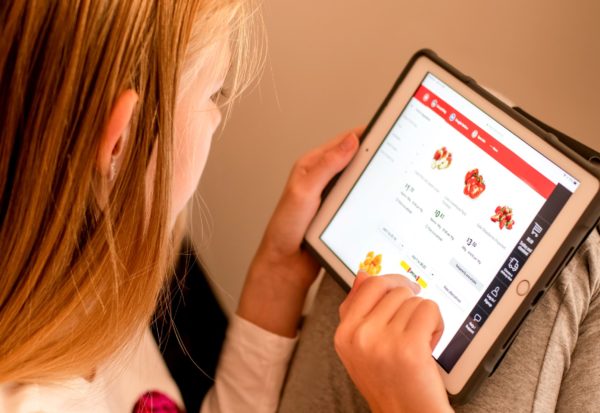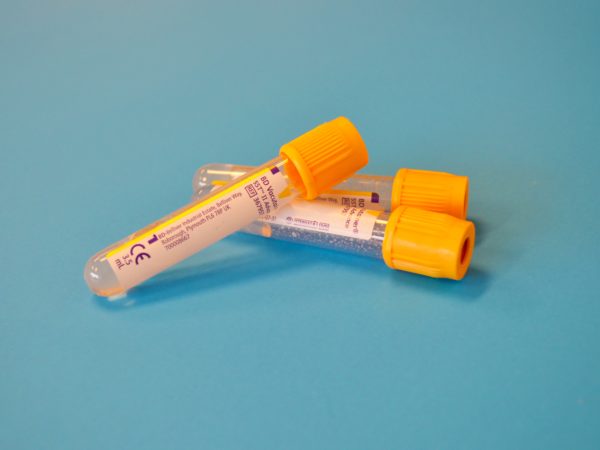As research from Cancer Council Victoria warns that 1 in 3 adults don’t understand the cause of sunburn, SunSmart has launched a Deakin-developed app to encourage users to protect their skin.
A Cancer Council Victoria survey has found more than a third of Victorians don’t know the correct indicator of sunburn risk – putting themselves and their families at risk of sun damage and ultimately skin cancer.
The survey showed 22 per cent of Victorian adults aged 18-39 incorrectly selected temperature as the most useful measure to calculate sunburn risk for the day, while eight per cent thought cloud cover, wind conditions or humidity were sunburn indicators, and nine percent didn’t know which measure to use.
Just 61 per cent were able to correctly identify sun protection times or ultraviolet (UV) radiation levels as the best measure to determine sunburn risk.
Now, a new app developed by Deakin University’s Software and Technology Innovation Laboratory (DSTIL) uses augmented reality to help address misconceptions about the cause of sunburn and encourage users to protect their skin.
Launched by SunSmart as part of its UV. It all adds up campaign (supported by the Victorian Government) the “seeUV” app allows users to take an image of their surroundings anywhere in Australia and view the hidden intensity of dangerous UV rays in their environment.
SunSmart Manager Heather Walker said it was important for people to think about UV – not heat – when it comes to making decisions about sun protection.
“UV radiation is the major cause of skin cancer, but the problem is none of our senses can actually detect it. It’s not like sunlight, which we can see, or the sun’s heat, which we can feel. As a result, we usually don’t realise how strong the rays are until the damage has already been done,” Ms Walker said.
“By incorrectly using temperature as a gauge, you are unwittingly leaving yourself exposed to increased skin cancer risk.
“seeUV uses augmented reality so that we can actually get a visual snapshot of our risk. It’s an exciting way to engage people in the SunSmart message and hopefully help increase people’s understanding of an otherwise invisible danger.”
DSTIL software engineer and lead developer of the app Tanya Frank said augmented reality experiences allowed users to immerse themselves in environments they would not normally be accustomed to.
“We have collaborated with Cancer Council Victoria to create a visual representation of what people expose themselves to when standing in the sun,” Ms Frank said.
[testimonial_text]Our application also tracks the sun position in the sky, so the UV beams change direction depending on the time and location of the user.[/testimonial_text]
[testimonial_picture name=”Ms Tanya Frank” details=”DSTIL Software Engineer and Lead Developer of the seeUV App”]
 [/testimonial_picture]
[/testimonial_picture]The seeUV app has a “selfie mode”, which also uses augmented reality technology to generate the long-term consequences of UV damage on a person’s skin, such as premature ageing, wrinkling and sunspots.
Ms Walker said the image could be shared on social media to reinforce and extend the message that sun protection is a worthwhile investment.
“While a sunburn or tan fades, UV damage remains. With the seeUV app, we’re asking users to think about how that damage might present in five, 10 or 20 years down the track. Unfortunately, the more UV damage you have, the greater your risk of skin cancer,” she added.
Skin cancer is the most commonly diagnosed cancer in Australia and Ms Walker said it was crucial for Victorians to use sun protection every day, as UV radiation reaches extreme levels in summer.
“Whether you’re relaxing in the backyard at home, playing cricket or at the beach, UV levels will be strong enough to damage unprotected skin,” Ms Walker said.
“For the best level of protection against UV damage, protect your skin in five ways: slip on covering clothing, slop on SPF30 (or higher) broad-spectrum, water-resistant sunscreen, slap on a broad-brimmed hat, seek shade and slide on sunglasses.”
SunSmart Ambassador Catherine Andrews said she hoped the app and campaign would help remind Victorians about the dangers of UV radiation.
“When it comes to being SunSmart, we can’t slack off. The seeUV app is a brilliant reminder to us all. We need to protect our skin outdoors to stop UV damage adding up and to reduce our skin cancer risk.”
DSTIL Director Professor Kon Mouzakis said his team was proud to deliver the technology behind the new app.
[testimonial_text]At Deakin University, we are exploring how augmented reality and image processing techniques can be used to create high-impact educational experiences.[/testimonial_text]
[testimonial_picture name=”Professor Kon Mouzakis” details=”DSTIL Director”]
 [/testimonial_picture]
[/testimonial_picture]“It’s exciting for us to be part of projects like these that can have a practical and positive impact on the communities we serve.”
seeUV is available as a free download on the App Store and Google Play.
Main photograph (left to right): Ms Tanya Frank, Professor Kon Mouzakis and Mr Andrew Vouliotis
Published by Deakin Research on 21 November 2017



